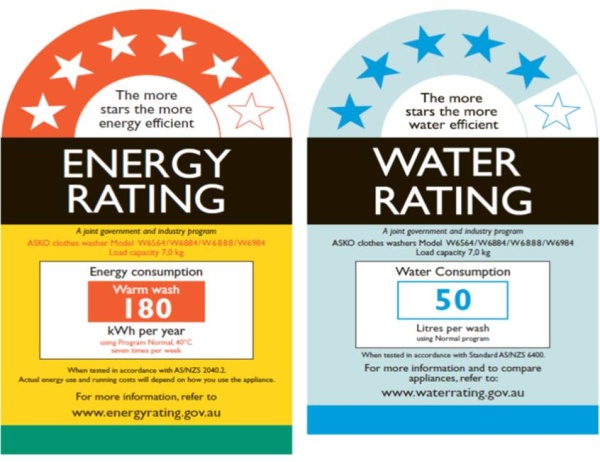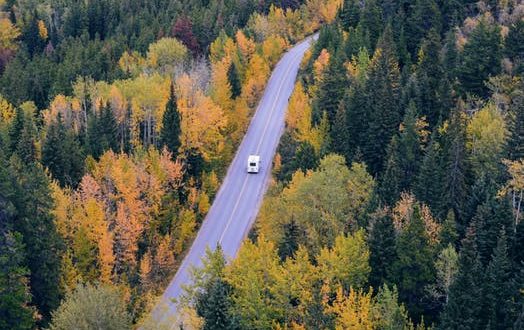Coming into winter our living costs inevitably start to rise, with this in mind we have put together a list on where you can all make some savings.
Start the savings at home
How can you check if your appliances are power hungry?
 There are a number of things you could do, depending on how far you wish to take it – starting with looking for the energy star rating sticker on the appliance.
There are a number of things you could do, depending on how far you wish to take it – starting with looking for the energy star rating sticker on the appliance.- The next step could be to buy a small meter that plugs in between the power socket and the appliance to measure the power usage and the cost. Such units are sold at the likes of Mitre 10. Prices start from as little as $25. Note: If you have children or grandchildren going flatting this is a life saver and solves many
Note: If you have children or grandchildren going flatting this is a life saver and solves many housemate disputes.
- If you want something more elaborate, there are devices like an ego smart Wi-Fi socket ($80 from efergy.com/nz) that will send the information to your smartphone.
- And if you want to measure total household consumption then you can do that too – the product we looked at was described like this: “A wireless transmitter is installed in your meter box with a sensor that simply clips over the main power wire, which then measures the current flow and sends that information wirelessly to the indoor display.” The display shows the power consumption and the cost. These units can get pretty fancy and can include smart phone features, but a basic unit costs about $129 (Owl Micro+).
Let us know in the comments below if you have installed one of these monitors and whether it has helped you to reduce your energy costs.
 Imagine if you had a meter on the dashboard of your car – like a taxi meter – that showed you how much your trip was costing. There’s no doubt the car would be used a lot less, and the driver would be far more likely to reduce speed and drive more conservatively. Now there’s a money-making idea for an inventive person!
Imagine if you had a meter on the dashboard of your car – like a taxi meter – that showed you how much your trip was costing. There’s no doubt the car would be used a lot less, and the driver would be far more likely to reduce speed and drive more conservatively. Now there’s a money-making idea for an inventive person!
Look at individual item rather than the collective cost when grocery shopping.
Lorraine has reminded us that the easier it is to see how much something costs, the more incentive there is to reduce costs. This is the case with the weekly grocery shop – when items get lumped in with a whole lot of other stuff, it’s easy to lose sight of individual costs.
Now to frozen vegetables! PB from Auckland has asked how to dehydrate them.
The best way is to use a dehydrator. Take the frozen vegetables and spread them out on the dehydrator tray, dehydrate for six to 12 hours depending on the size of the pieces, then cool and store in air-tight containers. And if you don’t have a dehydrator, thaw the frozen vegetables, set your oven to low, place the vegetables on a baking tray and leave for 6 or more hours until they are dry and brittle.
Saving while traveling:
Accommodation
TS from Whangarei has a suggestion for business travelers: “I read your articles and wanted to add a tip for business travelers – that is to utilise AirBnB and even Bookabach for accommodation that is more affordable than motels. We provide a self-contained flat on these platforms that is available for 1 or more nights and has everything a business traveler would need but at a far more affordable price.”
Save on travel for business and pleasure
 On the subject of traveling, more people and businesses seem to be taking advantage of car sharing schemes like cityhop.co.nz. According to their website, the cost for casual membership is $15 per hour +$0.40 per km (including fuel and insurance), which is extremely economical for a business or a person, that only needs a car, or a second car, every now and then.
On the subject of traveling, more people and businesses seem to be taking advantage of car sharing schemes like cityhop.co.nz. According to their website, the cost for casual membership is $15 per hour +$0.40 per km (including fuel and insurance), which is extremely economical for a business or a person, that only needs a car, or a second car, every now and then.
And for those who want a few days away – and free use of a vehicle – check out Transfercar. The day we looked there were free cars available between Auckland and Wellington (one day only), so if you need to get between tourist hot spots, then this may be a great way to do it for free. Often they’ll even throw in a few sweeteners, like free insurance and a full tank of gas, but while you have to work within their time frame, it’s well worth checking out.









Join the Discussion
Type out your comment here:
You must be logged in to post a comment.